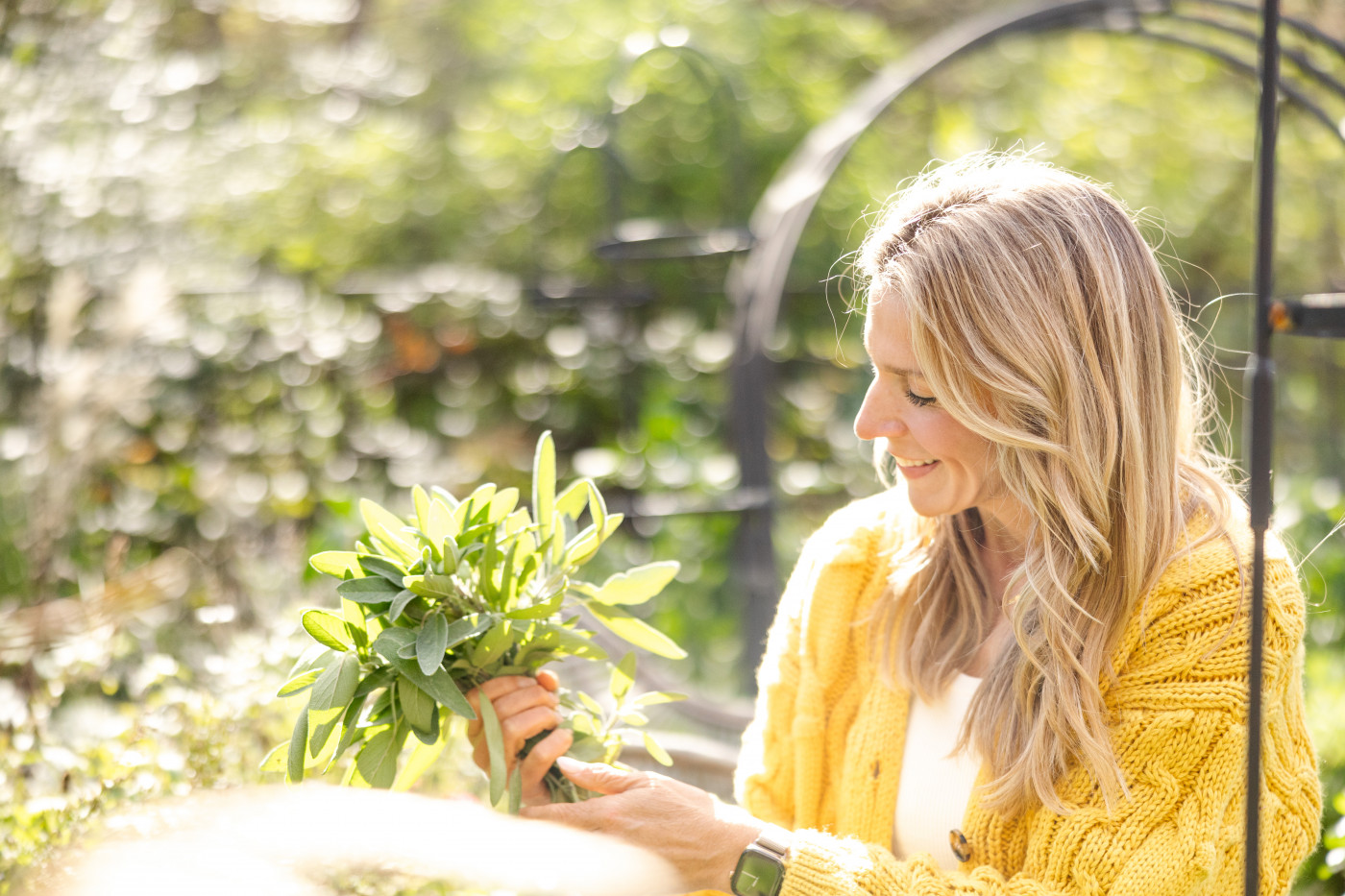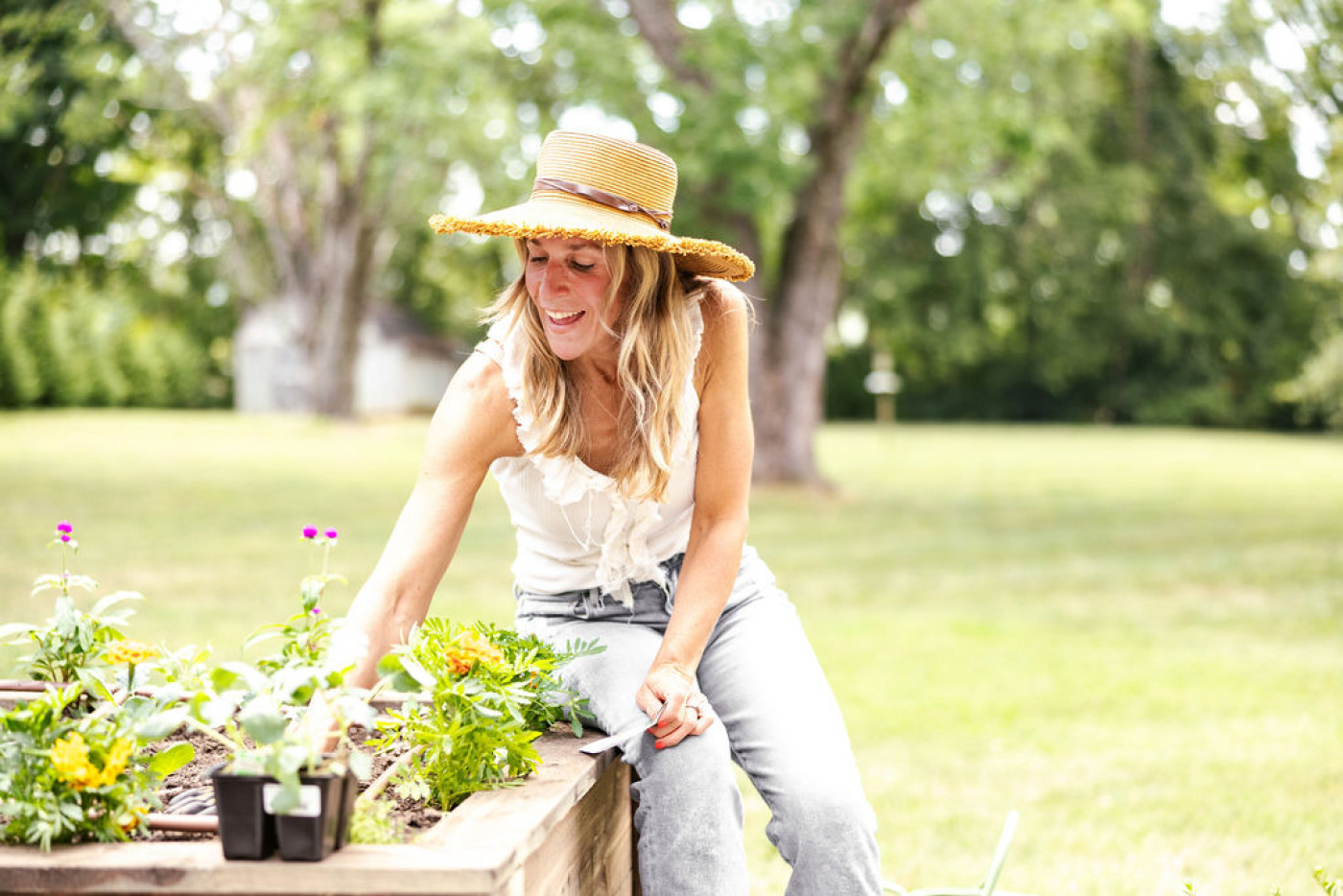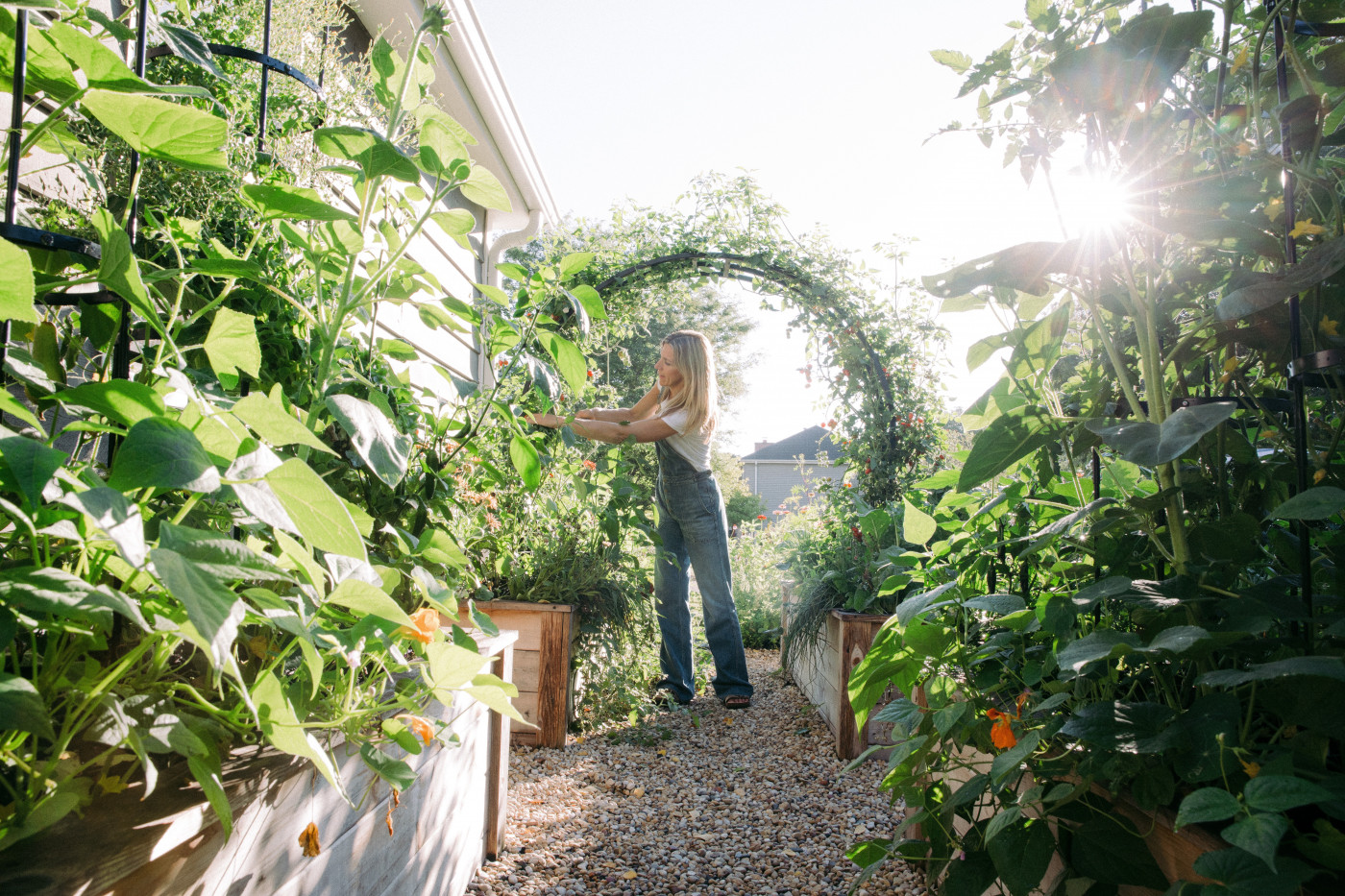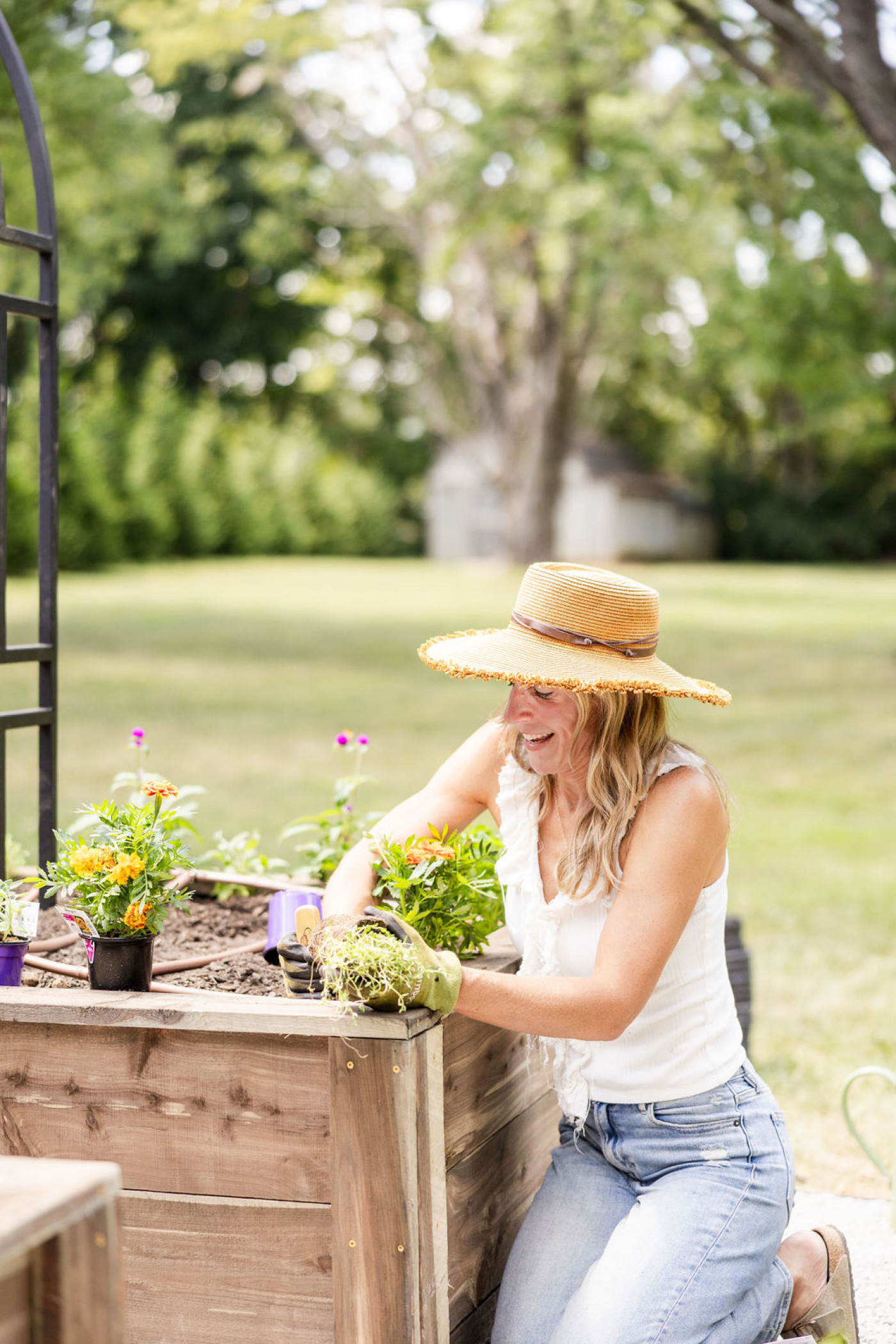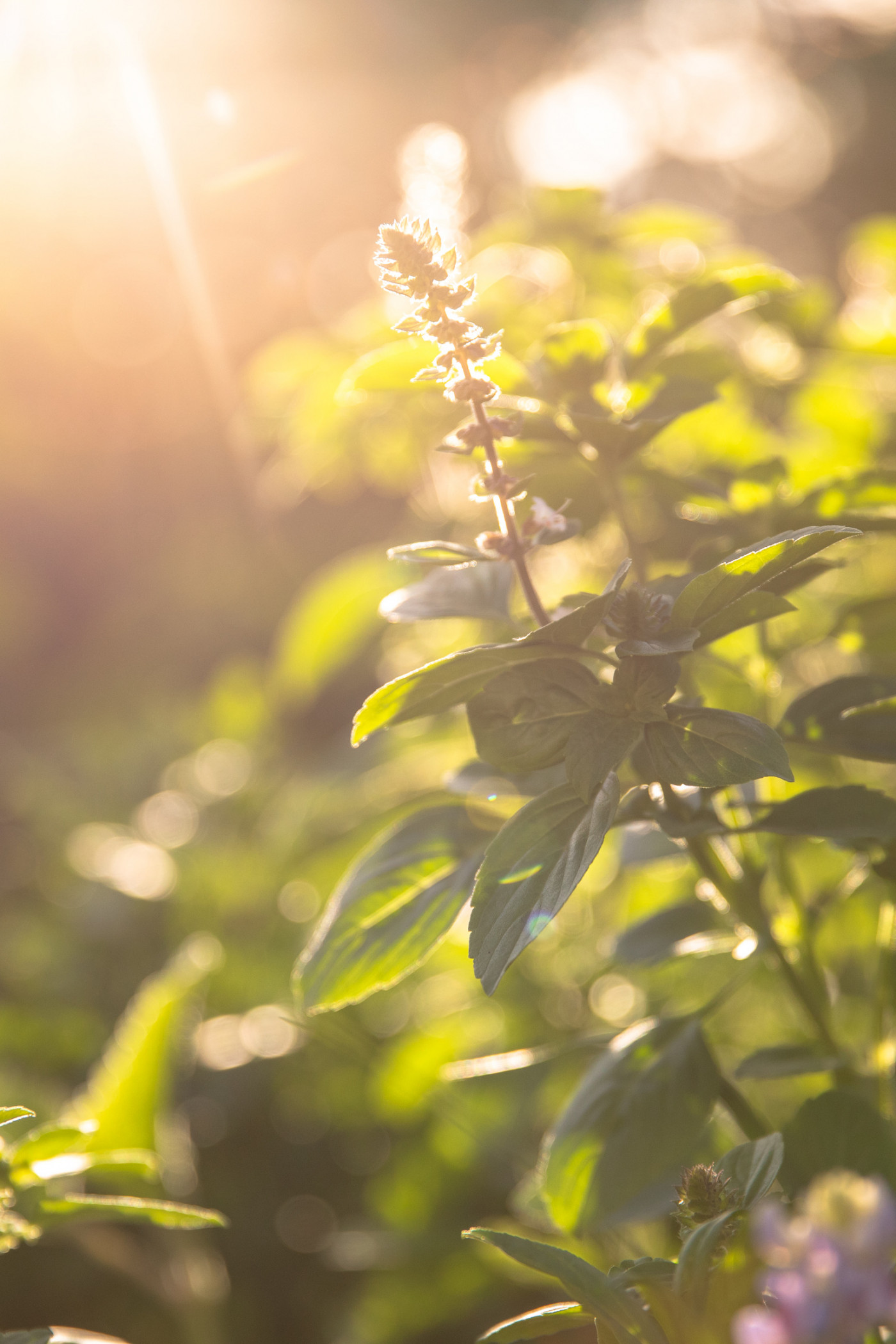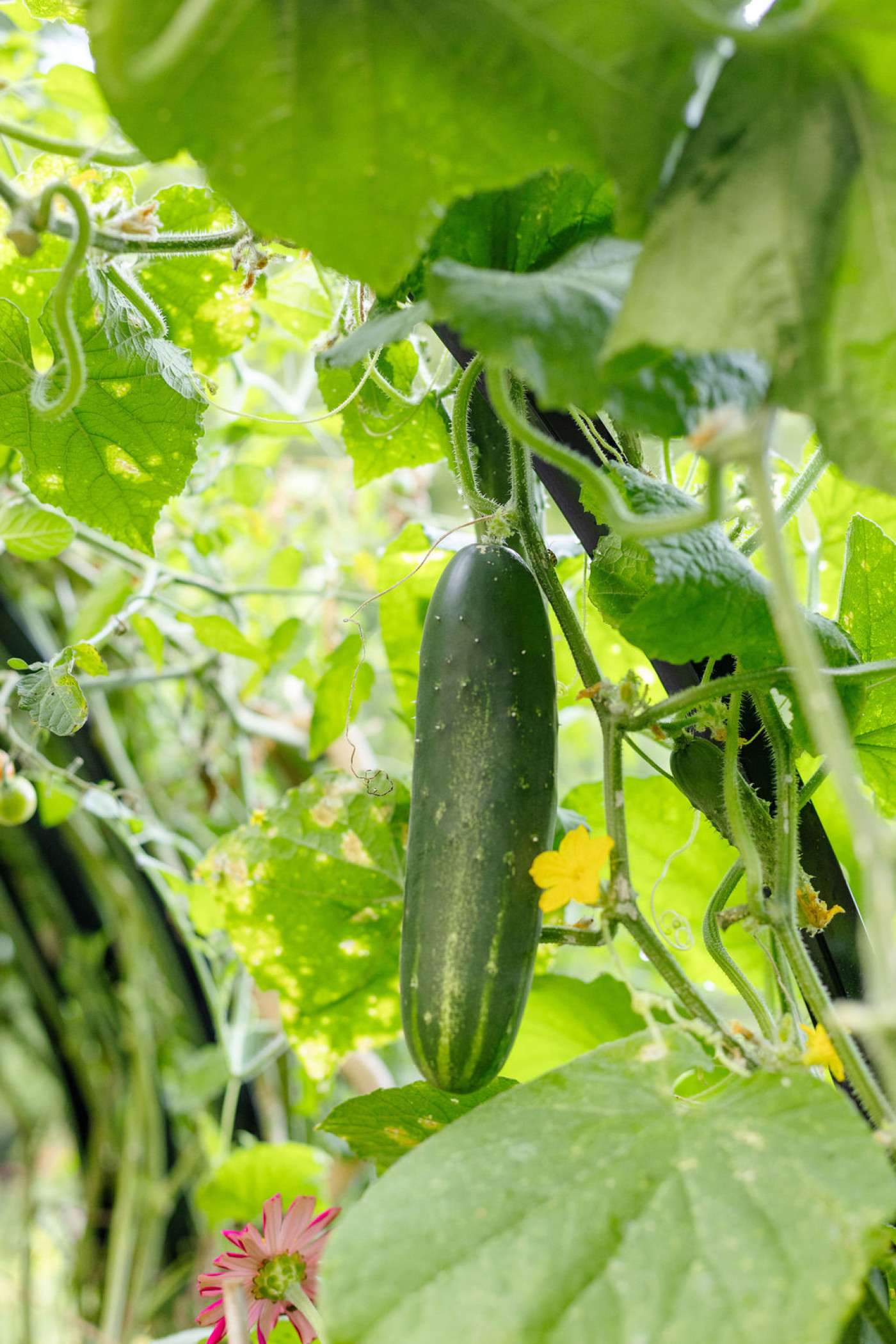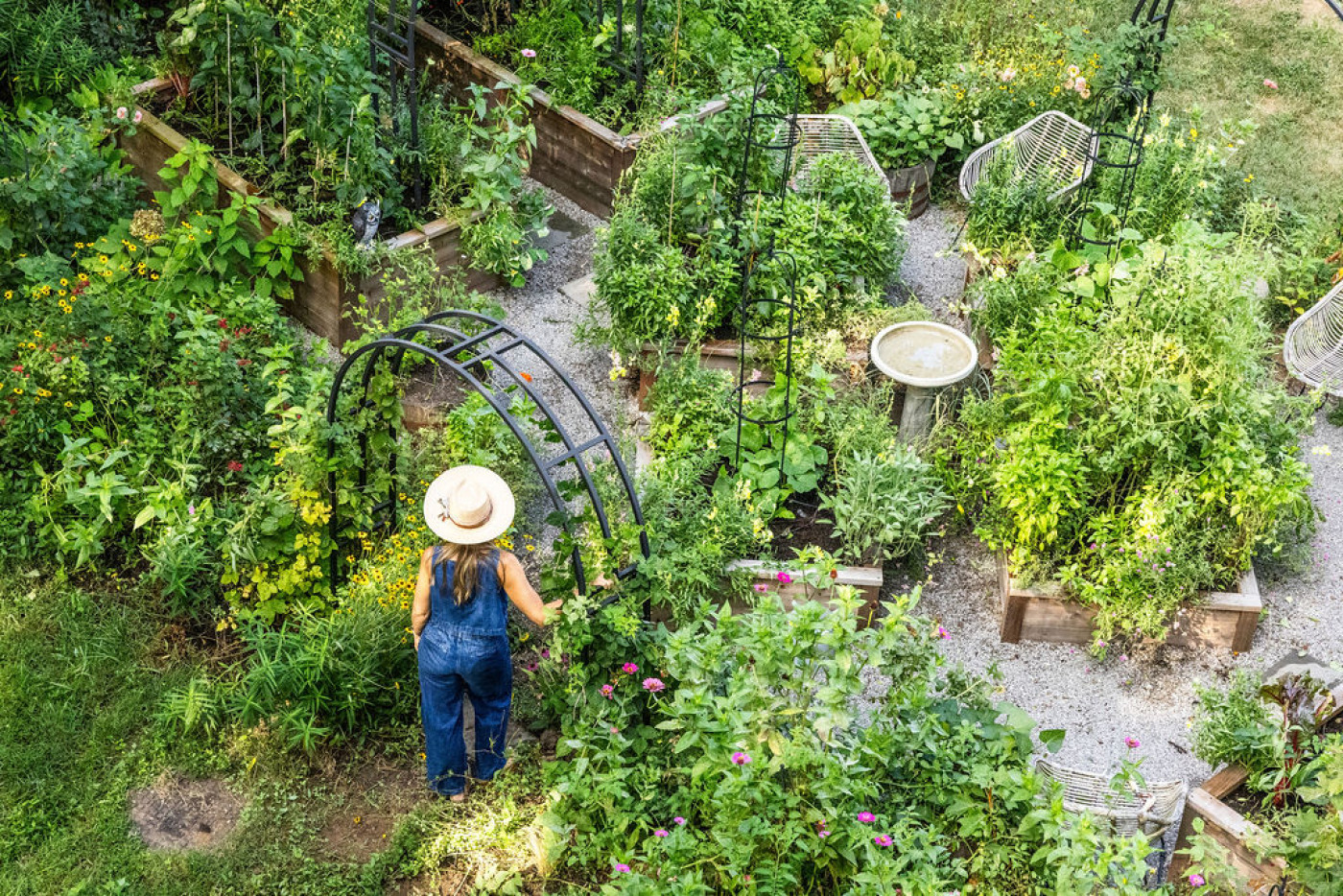At a Glance
- Find out what the 3-hour gardening rule is and why experts recommend avoiding the hottest midday hours.
- Learn how this guideline protects both you and your plants from stress, sun, and heat.
- Discover why it’s okay to bend or break the rule when life gets busy. With simple precautions like shade, hydration, and sunscreen, you can still garden safely during midday.


Start Your Garden the Easy Way
Get growing with 10 foolproof seed varieties, a 120-page gardening guide, planting plans, and step-by-step video lessons—all designed to help you succeed. The Easy Garden Kit makes it simple, fun, and affordable to bring fresh food and flowers to your backyard.
What Is the 3-Hour Gardening Rule?
If you’ve been hanging out in gardening circles lately, you’ve probably heard of the “3-hour rule.” It’s the guideline that says gardeners should avoid working between 11 a.m. and 2 p.m., the hours when the sun is at its highest and UV rays are at their most intense.
This advice has been discussed—from professional horticulturists to weekend gardeners—and for good reason. Those three midday hours can be punishing not just for your plants but also for you.
But while it’s a smart guideline, it doesn’t have to be treated in the strictest sense. I’ll first walk you through the many benefits of following the rule, and then we’ll talk about why it’s okay to break it every now and then.
The 3-hour rule is simple: avoid gardening between 11 a.m. and 2 p.m. during the summer months.
That’s when:
- Plants are stressed. They conserve their energy and close their leaf pores to survive.
- UV rays are strongest, which puts gardeners at the highest risk for sunburn and skin damage.
- Heat peaks, raising the chance of dehydration, sunstroke, and fatigue.
In other words, this rule exists to benefit both gardeners and plants when conditions are most extreme.
Why Following the 3-Hour Rule Helps Plants
1. Water Absorption
Plants make the most of water given early in the morning or late in the evening. In the heat of midday, much of it evaporates before roots can use it, wasting your effort and leaving plants thirsty. Choosing a cooler time of day will have better results for the health of your plants.
2. Reduced Stress
Plants enter survival mode in the heat of the day. Pruning, transplanting, or harvesting during this time only adds to the stress. This forces them to use energy they’re trying to conserve.
3. Longer-Lasting Harvests
Cut flowers that are picked in the morning hold water in their stems longer, which helps them last in the vase. Vegetables harvested in the cool hours also store better, since they haven’t been drained by heat. After all that work and effort you put into your garden, it makes sense to choose a time of day that will help your harvest last to its fullest.
Why Following the 3-Hour Rule Helps Gardeners
1. Protects Your Health
The most obvious benefit is protecting yourself from the dangers of heat. Midday sun exposure can quickly lead to:
- Sunburn (even on cloudy days)
- Heat exhaustion or heatstroke
- Headaches, fatigue, and dehydration
Stepping outside at 7 a.m. with a watering can feels completely different from weeding at 1 p.m. Your energy lasts longer, your body feels better, and you avoid serious health risks.
2. Increases Productivity
Morning and evening gardening sessions tend to be cooler, calmer, and more comfortable. That means you’ll likely get more done—and actually enjoy doing it—without the stress of the hot sun beating down.
3. Supports a Sustainable Routine
If you’re trying to make gardening a daily habit, the last thing you need is to associate it with exhaustion. By working at gentler times of day, you create a rhythm that’s easier to sustain over the long run. Gardening should be joyful, not a painful chore.
Practical Ways to Stick to the Rule
So, how do you make the most of it? Here are a few professional tricks:
- Start early: Water, harvest, and prune before the sun gets too high.
- Finish late: Save lighter evening tasks like weeding, staking, or pest patrol for sunset.
- Check UV index: Apps and weather sites will tell you when UV is at its worst. Wait until it drops below 4 if you can.
These habits help you avoid the harshest hours and keep your garden routine running smoothly.
Breaking the Rules When Necessary
Now that we’ve established the many good reasons to follow it, let’s talk about reality. Life doesn’t always let us garden on a perfect schedule. Sometimes you only have 30 minutes on your lunch break, or you notice a wilting plant at noon that just can’t wait until 6 p.m. if it needs attention.
And here’s the good news: it’s OK. With a little flexibility and care, you can garden outside those “forbidden hours” without guilt.
1. Real-Life Schedules Aren’t Ideal
If you’re juggling work, kids, and everything else, the only time you can step into the garden might be right in the middle of the day. Doing something—watering, harvesting herbs, pulling weeds—at any time of the day is better than doing nothing at all and having a neglected garden.
2. Some Tasks Are Midday-Friendly
Not all garden chores are risky. Light work like checking for pests, setting up a trellis, sweeping pathways, or clipping a few herbs is safe even under the midday sun. Just be smart and don't forget your sunscreen.
3. Shade Changes the Game
If you’re gardening under a patio umbrella, tall sunflowers, or a shady tree, midday hours aren’t the same as working in full sun. Shade structures make a huge difference.
4. Emergencies Happen
When a seedling is drooping or a container is bone-dry, waiting until evening might be too late. Watering in the heat isn’t perfect, but it can save a plant’s life. Sometimes you can tell just by looking that a plant is in dire need of care. In those moments, it's best to answer the call if you can do so safely.
5. Joy Matters More Than Rules
Maybe the only time you feel peace is walking in your garden at noon. If gardening at that hour fills you with joy, it’s worth it. With sunscreen, hydration, and a wide-brim hat, you can still stay safe.
Take Midday Precautions
If you do need to work during the 3-hour window, take precautions:
- Hydrate constantly: Water beats sugary or caffeinated drinks every time.
- Cover up: Wear lightweight long sleeves, wide-brim hats, and SPF 50 sunscreen.
- Find shade: Even a temporary umbrella makes a difference.
- Take breaks: Feeling hot? Go inside for a bit to cool down and recover.
- Listen to your body: If you feel dizzy or overheated, stop immediately.


Start your dream garden this fall
Gardening Shouldn’t Feel Rigid
The 3-hour rule is wise advice. It helps you avoid heat stress, keep your plants healthier, and maintain a sustainable gardening rhythm. But it’s not a law. If breaking it means saving a plant or simply enjoying a much-needed moment of peace, then break it.
Garden by guidelines, not guilt. At the end of the day, your garden thrives on consistency, care, and your presence—not perfection.
The 3-hour rule is a smart recommendation designed to protect you and your plants during the hottest hours of the day. But like every gardening guideline, it works best when used with flexibility. Follow it most of the time, and you’ll avoid stress on yourself and your garden. Break it when you need to, and you’ll still be just fine.
The truth is, gardening isn’t about rigid rules. It’s about showing up for your plants, enjoying the work, and creating beauty in your little corner of the world. And sometimes, that means gardening at noon with a big floppy hat, a bottle of water, and a smile.
Click on the image below to save this article for later.
At a Glance
- Find out what the 3-hour gardening rule is and why experts recommend avoiding the hottest midday hours.
- Learn how this guideline protects both you and your plants from stress, sun, and heat.
- Discover why it’s okay to bend or break the rule when life gets busy. With simple precautions like shade, hydration, and sunscreen, you can still garden safely during midday.


Start Your Garden the Easy Way
Get growing with 10 foolproof seed varieties, a 120-page gardening guide, planting plans, and step-by-step video lessons—all designed to help you succeed. The Easy Garden Kit makes it simple, fun, and affordable to bring fresh food and flowers to your backyard.
What Is the 3-Hour Gardening Rule?
If you’ve been hanging out in gardening circles lately, you’ve probably heard of the “3-hour rule.” It’s the guideline that says gardeners should avoid working between 11 a.m. and 2 p.m., the hours when the sun is at its highest and UV rays are at their most intense.
This advice has been discussed—from professional horticulturists to weekend gardeners—and for good reason. Those three midday hours can be punishing not just for your plants but also for you.
But while it’s a smart guideline, it doesn’t have to be treated in the strictest sense. I’ll first walk you through the many benefits of following the rule, and then we’ll talk about why it’s okay to break it every now and then.
The 3-hour rule is simple: avoid gardening between 11 a.m. and 2 p.m. during the summer months.
That’s when:
- Plants are stressed. They conserve their energy and close their leaf pores to survive.
- UV rays are strongest, which puts gardeners at the highest risk for sunburn and skin damage.
- Heat peaks, raising the chance of dehydration, sunstroke, and fatigue.
In other words, this rule exists to benefit both gardeners and plants when conditions are most extreme.
Why Following the 3-Hour Rule Helps Plants
1. Water Absorption
Plants make the most of water given early in the morning or late in the evening. In the heat of midday, much of it evaporates before roots can use it, wasting your effort and leaving plants thirsty. Choosing a cooler time of day will have better results for the health of your plants.
2. Reduced Stress
Plants enter survival mode in the heat of the day. Pruning, transplanting, or harvesting during this time only adds to the stress. This forces them to use energy they’re trying to conserve.
3. Longer-Lasting Harvests
Cut flowers that are picked in the morning hold water in their stems longer, which helps them last in the vase. Vegetables harvested in the cool hours also store better, since they haven’t been drained by heat. After all that work and effort you put into your garden, it makes sense to choose a time of day that will help your harvest last to its fullest.
Why Following the 3-Hour Rule Helps Gardeners
1. Protects Your Health
The most obvious benefit is protecting yourself from the dangers of heat. Midday sun exposure can quickly lead to:
- Sunburn (even on cloudy days)
- Heat exhaustion or heatstroke
- Headaches, fatigue, and dehydration
Stepping outside at 7 a.m. with a watering can feels completely different from weeding at 1 p.m. Your energy lasts longer, your body feels better, and you avoid serious health risks.
2. Increases Productivity
Morning and evening gardening sessions tend to be cooler, calmer, and more comfortable. That means you’ll likely get more done—and actually enjoy doing it—without the stress of the hot sun beating down.
3. Supports a Sustainable Routine
If you’re trying to make gardening a daily habit, the last thing you need is to associate it with exhaustion. By working at gentler times of day, you create a rhythm that’s easier to sustain over the long run. Gardening should be joyful, not a painful chore.
Practical Ways to Stick to the Rule
So, how do you make the most of it? Here are a few professional tricks:
- Start early: Water, harvest, and prune before the sun gets too high.
- Finish late: Save lighter evening tasks like weeding, staking, or pest patrol for sunset.
- Check UV index: Apps and weather sites will tell you when UV is at its worst. Wait until it drops below 4 if you can.
These habits help you avoid the harshest hours and keep your garden routine running smoothly.
Breaking the Rules When Necessary
Now that we’ve established the many good reasons to follow it, let’s talk about reality. Life doesn’t always let us garden on a perfect schedule. Sometimes you only have 30 minutes on your lunch break, or you notice a wilting plant at noon that just can’t wait until 6 p.m. if it needs attention.
And here’s the good news: it’s OK. With a little flexibility and care, you can garden outside those “forbidden hours” without guilt.
1. Real-Life Schedules Aren’t Ideal
If you’re juggling work, kids, and everything else, the only time you can step into the garden might be right in the middle of the day. Doing something—watering, harvesting herbs, pulling weeds—at any time of the day is better than doing nothing at all and having a neglected garden.
2. Some Tasks Are Midday-Friendly
Not all garden chores are risky. Light work like checking for pests, setting up a trellis, sweeping pathways, or clipping a few herbs is safe even under the midday sun. Just be smart and don't forget your sunscreen.
3. Shade Changes the Game
If you’re gardening under a patio umbrella, tall sunflowers, or a shady tree, midday hours aren’t the same as working in full sun. Shade structures make a huge difference.
4. Emergencies Happen
When a seedling is drooping or a container is bone-dry, waiting until evening might be too late. Watering in the heat isn’t perfect, but it can save a plant’s life. Sometimes you can tell just by looking that a plant is in dire need of care. In those moments, it's best to answer the call if you can do so safely.
5. Joy Matters More Than Rules
Maybe the only time you feel peace is walking in your garden at noon. If gardening at that hour fills you with joy, it’s worth it. With sunscreen, hydration, and a wide-brim hat, you can still stay safe.
Take Midday Precautions
If you do need to work during the 3-hour window, take precautions:
- Hydrate constantly: Water beats sugary or caffeinated drinks every time.
- Cover up: Wear lightweight long sleeves, wide-brim hats, and SPF 50 sunscreen.
- Find shade: Even a temporary umbrella makes a difference.
- Take breaks: Feeling hot? Go inside for a bit to cool down and recover.
- Listen to your body: If you feel dizzy or overheated, stop immediately.


Start your dream garden this fall
Gardening Shouldn’t Feel Rigid
The 3-hour rule is wise advice. It helps you avoid heat stress, keep your plants healthier, and maintain a sustainable gardening rhythm. But it’s not a law. If breaking it means saving a plant or simply enjoying a much-needed moment of peace, then break it.
Garden by guidelines, not guilt. At the end of the day, your garden thrives on consistency, care, and your presence—not perfection.
The 3-hour rule is a smart recommendation designed to protect you and your plants during the hottest hours of the day. But like every gardening guideline, it works best when used with flexibility. Follow it most of the time, and you’ll avoid stress on yourself and your garden. Break it when you need to, and you’ll still be just fine.
The truth is, gardening isn’t about rigid rules. It’s about showing up for your plants, enjoying the work, and creating beauty in your little corner of the world. And sometimes, that means gardening at noon with a big floppy hat, a bottle of water, and a smile.

